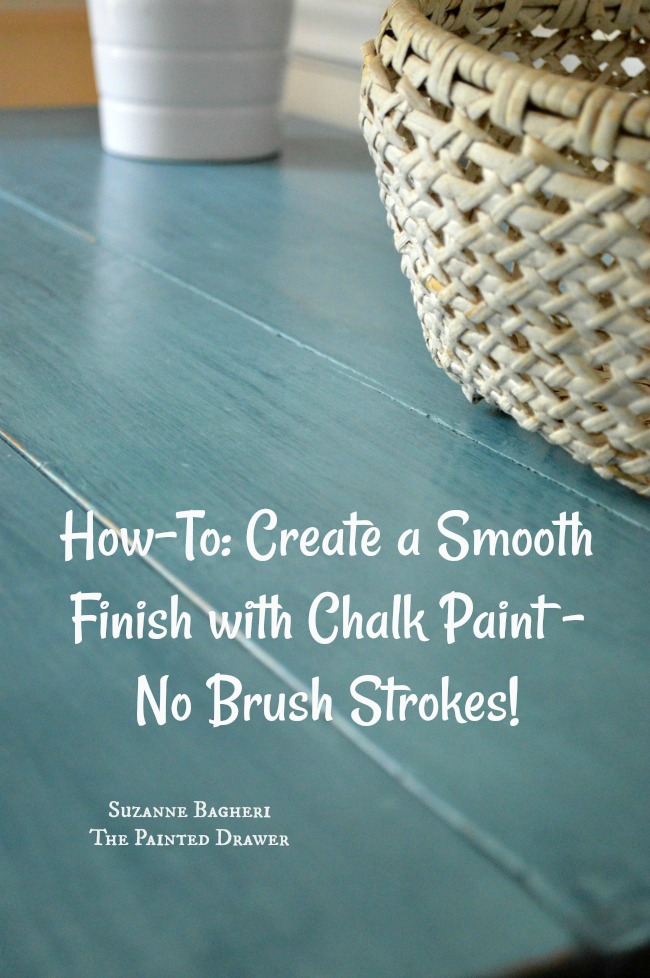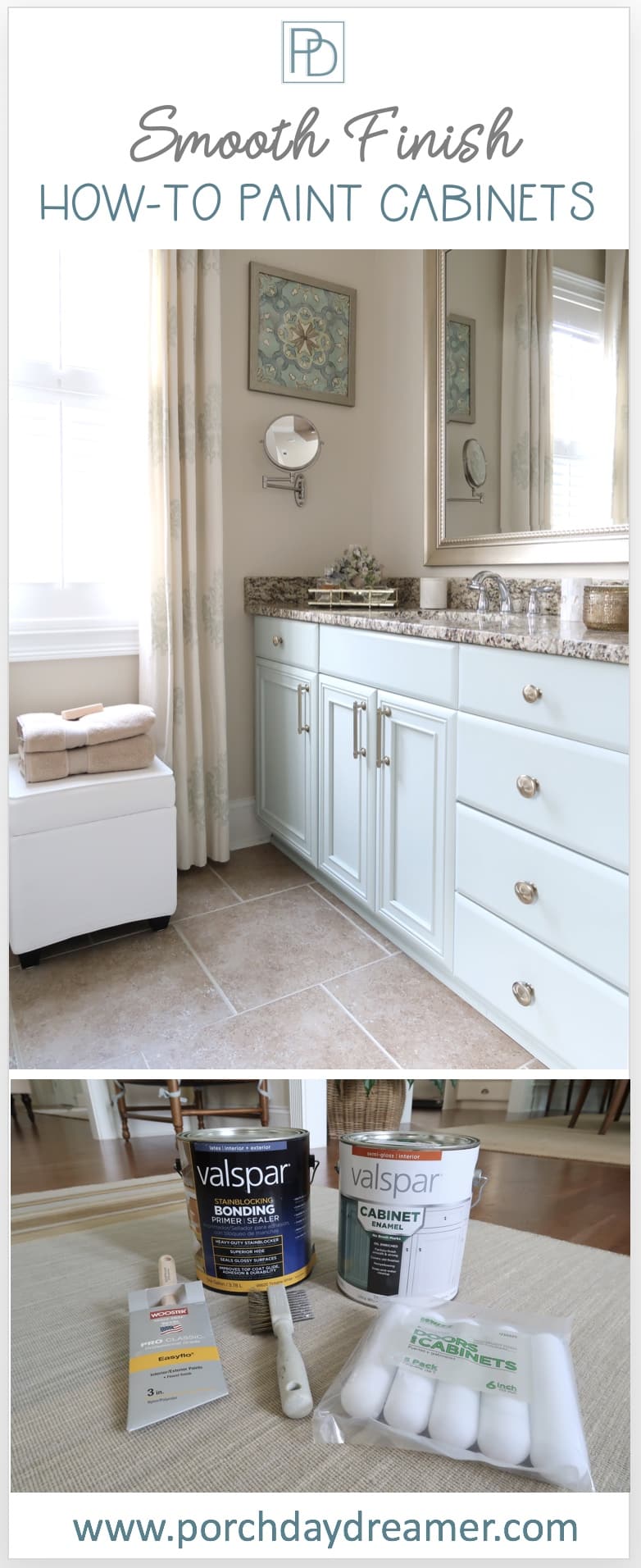
If you have a pneumatic air compressor, use high-pressure air to blow the dust out of crevices or molding information. Wipe down the locations to be painted with a tack cloth to get any remaining sanding residue. Use an even coat of primer-sealer to all surfaces to ensure a well-bonded surface coat.

Another advantage to a primer-sealer is that it provides an excellent base for semigloss, water-based paint. High-gloss enamel paint was as soon as the preferred finish for cooking area cabinets due to the fact that it withstands stains and water and is quickly cleaned up, but today's water-based surfaces are easier to deal with and offer an equally resilient surface (Cabinet Painters 28216).
This allows you to work quickly in the less crucial locations, and allows you to see and remedy any drips or spots on the most noticeable locations - Cabinet Painting Contractors 28205. Next, paint the cabinet doors and drawer fronts, together with any different wood pieces or moldings. If these parts have raised or routed features, make sure to flow the paint into crevices and corners, however don't permit it to build up in these areas.
Thin coats leave fewer noticeable brushstrokes and dry quicker. Do not lay the finish on heavily and don't strain the brush a lot of brush strokes will develop air bubbles in the surface, leaving bumps and pits when it dries - Cabinet Painting Contractors. Enable the paint to dry for a minimum of 4 hours in between coats.
Two coats of quality paint are generally enough, however you might want to include a third coat because kitchen area cabinets take great deals of punishment from cooking heat and daily use, and wood surfaces require all the security they can get.
Some Of Beginner's Guide To Kitchen Cabinet Cabinet Painters Charlotte NC Painting - Scott Mcgillivray
Desire to accelerate the job? Select a fast-drying guide for the very first coat. Check out the label for info on recoating time and to ensure the primer is suitable with the paint you're planning to use (Cabinet Painting 28278). Pro Pointer: Use an enamel underbody primer. Water-based paint has come a long way, and some high-quality acrylic alkyd hybrids rival oil-based paint.
Oil-based paint dries slowly and levels well. This offers you more working time and fewer brush marks. Likewise, when they're dry, oil-based guides like Benjamin Moore Fresh Start Enamel Underbody sand quickly to offer an ideal base for your surface coat. Cabinet Painters 28209.
3 out of 5 Moderate Though it's simply paint, getting the brushwork right takes time and patience. Drill/driver Paint scraper Putty knife Shop vacuum with drywall-dust filter Random orbit sander Nylon-Polyester chisel-tip Paint brush - 2 1/2- Inch Safety safety glasses respirator fitted with natural vapor containers Chemical-resistant gloves If your kitchen area cabinets are strong however dated and dark, a fresh coat of paint can go a long method towards changing the space without draining your savings account - Cabinet Painting Contractors 28203.
" You don't require to spray to get a smooth finish," states painting specialist John Dee, who has actually worked on a number of This Old Home TELEVISION tasks. He typically brush-paints cabinets anyhow because it offers him more control and avoids the risk of paint spray ending up where it's not wanted.
But the result is a long lasting, glass-smooth finish that's the equivalent of anything from a spray weapon. "You simply require to use the very best products and make the effort to sand and do the brushwork right," Dee says. Keep reading for our ideas for painting cooking area cabinets. Before beginning a kitchen area paint task, empty the cabinets, clear off the counters, and remove freestanding appliances.
What Does How To Get A Smooth Professional Paint Finish On Furniture ... Mean?

Tape rosin paper over the countertops and floor covering, and tape plastic sheeting over the backsplash, windows, repaired appliances, and interior doorways (to safeguard the rest of the house from dust and fumes). Mask off the wall around the cabinets. Lastly, established a worktable for painting doors, drawers, and racks.
" Old cabinets are covered with everything from hand oils to greasy smoke residue to petrified gravy," says Dee. "You have actually got to get all that off or the paint will not stick." Back out the hinge screws from the cabinet frame and get rid of the doors. Working methodically from left to right, top to bottom, label every one with a numbered piece of tape.
Reserve the shelf-hanging hardware. At your worktable, remove the pulls and hinges and save what's being reused. On the doors, transfer the number from the tape to the exposed wood under one hinge. Cover it with fresh tape. Open the windows for ventilation and put on security gear. Scrub down all of the face frames, doors, drawer fronts, and shelving with an abrasive pad dipped in liquid deglosser.